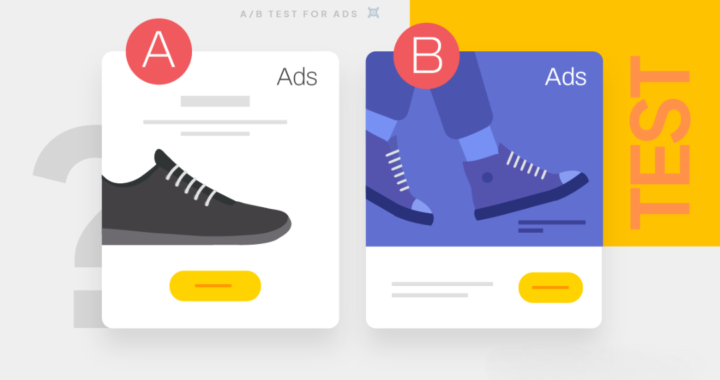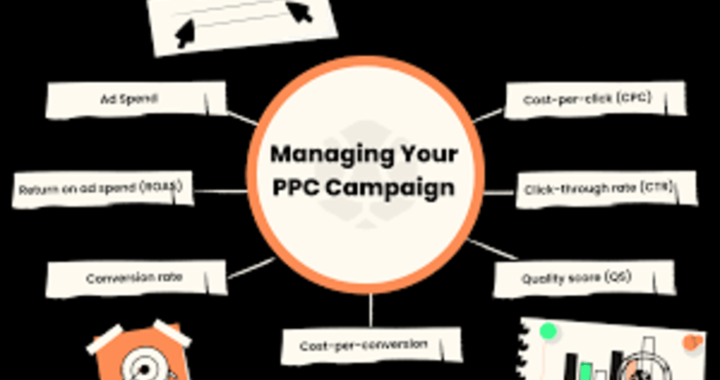Introduction
In the ever-evolving landscape of digital marketing, businesses must continuously refine their strategies to maximize the effectiveness of their paid advertising campaigns. One of the most powerful tools in a marketer’s arsenal is A/B testing, also known as split testing. By leveraging A/B testing, businesses can make data-driven decisions that enhance engagement, increase conversions, and ultimately improve return on investment (ROI).
Understanding A/B Testing
A/B testing is a scientific approach to digital marketing optimization. It involves creating two versions (A and B) of an advertisement or marketing asset, with only one variable changed between them. This could be the ad copy, image, call-to-action (CTA), or even the target audience. By running these versions simultaneously and measuring key performance indicators (KPIs), marketers can identify which variation drives better results and apply those insights to future campaigns.
Why A/B Testing is Crucial in Paid Advertising
Paid advertising, whether on platforms like Google Ads, Facebook Ads, Instagram, LinkedIn, or TikTok, requires businesses to invest money to reach potential customers. Without proper optimization, businesses risk wasting their advertising budgets on underperforming campaigns. Here’s why A/B testing is essential:
Data-Driven Decision Making – Instead of relying on intuition, marketers use empirical data to determine the best-performing elements.
Improved Conversion Rates – Identifying and implementing high-performing elements can lead to increased conversions and revenue.
Better Audience Insights – A/B testing reveals audience preferences, helping brands create more relevant and appealing content.
Continuous Optimization – Since consumer behavior changes over time, ongoing A/B testing ensures campaigns stay effective and relevant.Continue reading




